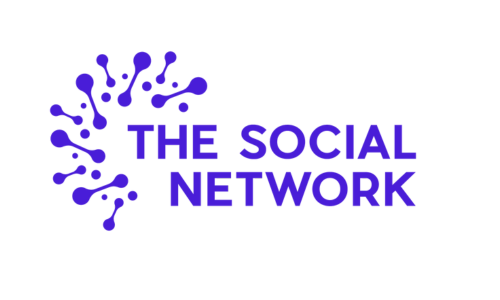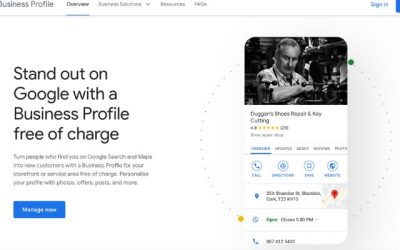Perhaps you’re looking to sell your products online? Where better than a platform built to enable users to discover everything they didn’t know they needed. Pinterest is a Social Media platform designed around visual discovery and used by consumers for research, inspiration, and space to store their visions and aspirations.
Pinterest is less of a Social Networking platform in the traditional connect with friends and family sense. The Pinterest platform is used more so to browse and share creative ideas, map out vision boards and find inspiration from others. With this in mind, users are likely browsing with shopping on their minds, so it’s the perfect space to capture sales leads.
Businesses can utilise the Pinterest platform to list and promote their stock to increase brand and product awareness, drive website traffic and, ultimately, sales.
Pinterest Product Catalogues
Pinterest Catalogues are designed to enable a business to sell its products. It’s important to note that the final sale will, however, take place on their website.
Before creating a Catalogue on Pinterest, businesses will need:
- A Pinterest Business Account.
- A Claimed Website – this needs to meet Pinterest’s Merchant Guidelines with a comprehensive delivery and refund policy as well as contact details.
- A Data Source or File containing products and key information.
Data Sources (aka Product Catalogue / Feed / Data Feed) host and store product data that can be uploaded to Pinterest daily.

If you’d like to integrate your existing e-commerce platform to share products on Pinterest, then you can currently connect the following sites:
- ChannelAdvisor
- GoDataFeed
- Feedonomics
- Productsup
- Shopify
- Square
- Lengow
Data Sources
Businesses will need to create a data source to hold the key information surrounding their products. Pinterest will validate the file and create a ‘Product Pin’ for each item that passes. The data upload process will occur daily, and all Product Pins will then be created dynamically for the business.
Pinterest can process up to 20 million products per business account and alert businesses to any data source errors. If there are more than 20 million rows in the data, Pinterest will only upload the first 20 million.
Product Groups
Once product data is added via a data source, businesses can go to their Catalogue and select ‘Product Groups’ then ‘Create’. It is then possible to filter products by selecting options under ‘Category’ and ‘Product Type’. Businesses can then give the filters names and save the product group.
Pinterest Product Pins
Product Pins on Pinterest can include metadata and be formatted to show users that they’re shoppable. Product Pins contain availability, title and description, as well as pricing information. These Pins can be used to promote a business’s products to users actively looking for relevant posts and inspiration online.
Product Pins are available via two sources: Catalogues or Rich Pins.
Catalogues
Product Pins from Catalogues can be added to Product Groups and used to promote Shopping Ads.
Rich Pins
Businesses can save Pins to Pinterest directly from the product listing on their website. These Pins cannot be used to promote Shopping Ads or made into Product Groups.
Pins may have labels such as ‘Best Seller’ or ‘Popular’ based on how users interact with the listings, which will help encourage others to browse and shop.
Create Rich Pins
As above, Rich Pins are a type of Pinterest Pin that is automatically synced from a business’s website and listed organically. Rich Pins contain additional product information above and below the image in the feed, and they are dynamically updated as and when amends are made to the website.
Rich Pins are free for all Pinterest users. However, the data will only show on the Pins once businesses are on the Pinterest list of merchants. To be on the list, businesses will need to apply to the ‘Verified Merchant Program’.
Setting Up Pinterest Tags
A Pinterest Tag is a line of JavaScript code businesses can add to their website to track conversion insights and generate audiences for Pinterest Ads based on the actions visitors take on the site. Companies can use the Chrome extension ‘Tag Helper’ to double-check product IDs are passing back information on product detail pages.
The Pinterest Tag must be added with one of the three following conversion types:
- Page Visits
- Add To Cart
- Checkouts
Pinterest is an incredibly visual platform, and so businesses must aim to share the best possible photography as their number one priority, followed by accurate and descriptive information around each product. If some stock takes longer to sell than others, consider having a library of product photography on rotation to keep things fresh.
Which Social Media Platforms Should I Focus On for Maximum Impact?
Understanding Your Target Audience Understanding your target audience is...
How to Maximise Your Online Presence: Google Business Profile for Beginners
What is Google Business Profile? Definition and Why What is Google...





